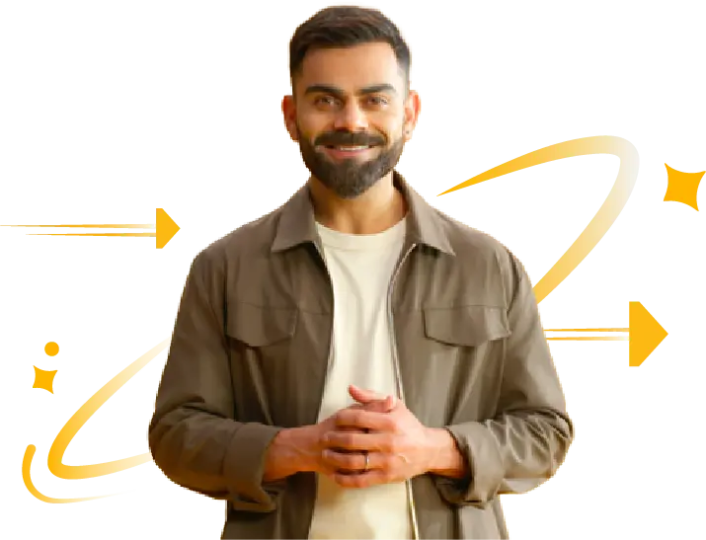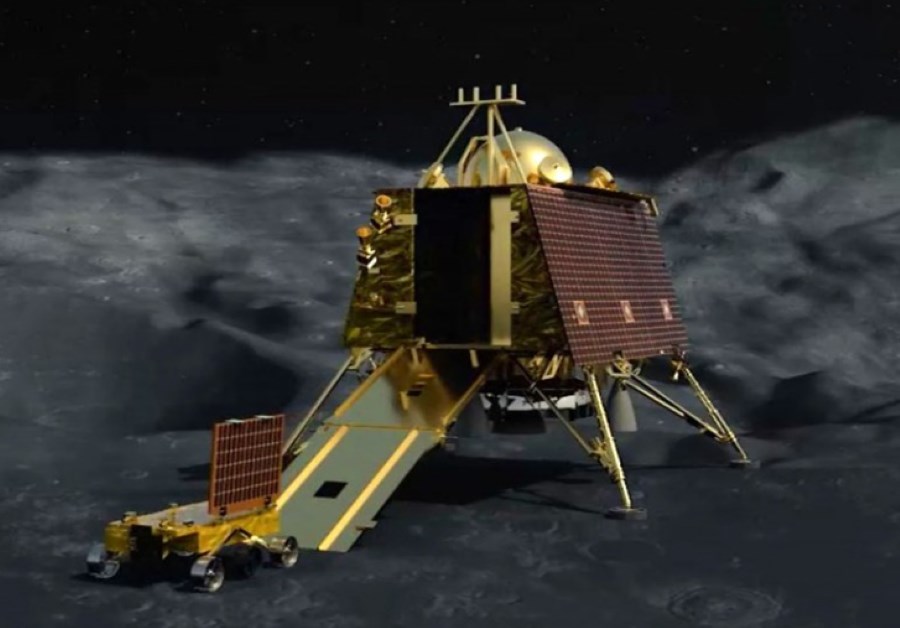7 Crore+ Customers

Affordable Premium

7 Crore+ Customers

Affordable Premium



New business prospects for technological advances, applications, and resource utilisation are created by lunar exploration. Because it can inspire people, push the boundaries of human technological capability, and help us learn more about our solar system, countries are interested in sending people to the moon.
This is why India has introduced the Chandrayaan mission, which aims to explore the moon like no other country has before. Continue reading the article to learn about India’s Chandrayaan missions to the moon and the differences between each mission.


Chandrayaan is India's lunar exploration program, consisting of various missions to explore the Moon. Chandrayaan 1, launched in 2008, was India's first mission to the Moon, followed by Chandrayaan 2 in 2019 and Chandrayaan 3 in 2023. These missions are part of India's efforts to study the Moon's surface, mineral composition, and geology, contributing to global lunar exploration efforts.
The Indian Lunar Exploration Programme includes a rover spacecraft, a soft lander, an impactor, and a lunar orbiter. Till now, three missions have been carried out; the first two missions consisted of orbiters, landers, and rovers. However, Chandrayaan 3, the third mission, did not have an orbiter.
Indian Space Research Organisation (ISRO) is currently conducting the Chandrayaan series of lunar exploration missions. The series consists of:
On October 22, 2008, India's first lunar mission, Chandrayaan 1, was successfully launched from SDSC SHAR, Sriharikota. In May 2009, after achieving all primary mission goals, the orbit was boosted to 200 km. After the satellite completed over 3400 moon orbits, communication with the spacecraft was lost on August 29, 2009, marking the end of the mission.
On July 22, 2019, at 14:43, the GSLV MkIII-M1 successfully launched the Chandrayaan 2 mission from the Satish Dhawan Space Centre (SDSC), Sriharikota. On September 7, an attempt was made to land Vikram, which descended according to the prearranged trajectory from its orbit of 35 km to around 2 km above the surface. There was no longer any communication with the lander or ground station.
On 23 August, 2023 LVM3 from SDSC SHAR in Sriharikota launched Chandrayaan 3. The goal of Chandrayaan 3, a follow-up mission to Chandrayaan 2, is to show that it is possible to safely land and roam the lunar surface from start to finish. This mission was a major success for ISRO.
Although the first two Chandrayaan missions failed, Chandrayaan 3's first soft landing and on-site science mission carried out the first experiments in the lunar south pole region. Here are a few important of the Chandrayaan Programmes:
Chandrayaan missions aim to explore the Moon and study its surface, composition, and mineralogy. These missions contribute to our understanding of planetary science and lunar geology.
Each Chandrayaan mission incorporates advanced spacecraft design, navigation, propulsion, and communication technologies. These advancements have practical applications in satellite technology and space exploration.
Successfully conducting lunar missions enhances India's reputation in the global space community. It demonstrates India's capability to undertake complex space missions independently.
Chandrayaan missions often involve international collaboration from space agencies in the US, Europe, and Australia, among others, fostering partnerships with other space agencies and promoting scientific cooperation on a global scale.
Exploring the Moon's resources, such as water, ice and minerals, could have future implications for space exploration and colonisation efforts. Hydrogen may be a renewable energy source if extracted from water (on the moon).
Chandrayaan missions inspire young scientists, engineers, and students in India and worldwide to pursue careers in science and technology. They also raise public awareness and interest in space exploration.
Although Chandrayaan 2 and Chandrayaan 3, both missions are somehow similar to each other, there are a few points of differences among the two. The table given below outlines the difference:

Although both mission’s goals and payloads are different, they have some similarities. Below are a few similarities among the two:
Both missions are undertaken by ISRO, India's premier space agency, showcasing its capability in lunar exploration. The primary objective of both missions is to explore the Moon, particularly to study its surface, terrain, and composition, and search for water ice.
The most potent launch vehicle in India, the GSLV Mk III, is used by both Chandrayaan 2 and Chandrayaan 3. The spacecraft is successfully launched into orbit and placed on the intended lunar trajectory thanks to this cutting-edge rocket technology.
The main goals of both missions are to explore the Moon and learn more about its composition, terrain, and other lunar phenomena. Their goal is to acquire important scientific information that will further our understanding of Earth's nearest planetary neighbours.
Both missions were launched using ISRO's GSLV Mk III launch vehicle, demonstrating India's proficiency in launching heavy payloads to lunar orbit. Chandrayaan 2 had the Vikram lander and Pragyan rover, while Chandrayaan 3 was designed to carry a similar lander and rover.
Both lunar missions seek to increase our understanding of the Moon while supporting India's space exploration programme. The ongoing Indian Space Research Organisation (ISRO) lunar mission, Chandrayaan 3, has the potential to advance space exploration.
Despite difficulties encountered during the landing phase, Chandrayaan 2 accomplished important milestones. We can understand the innovations and distinctive contributions each mission makes to India's lunar exploration efforts by contrasting these two projects.